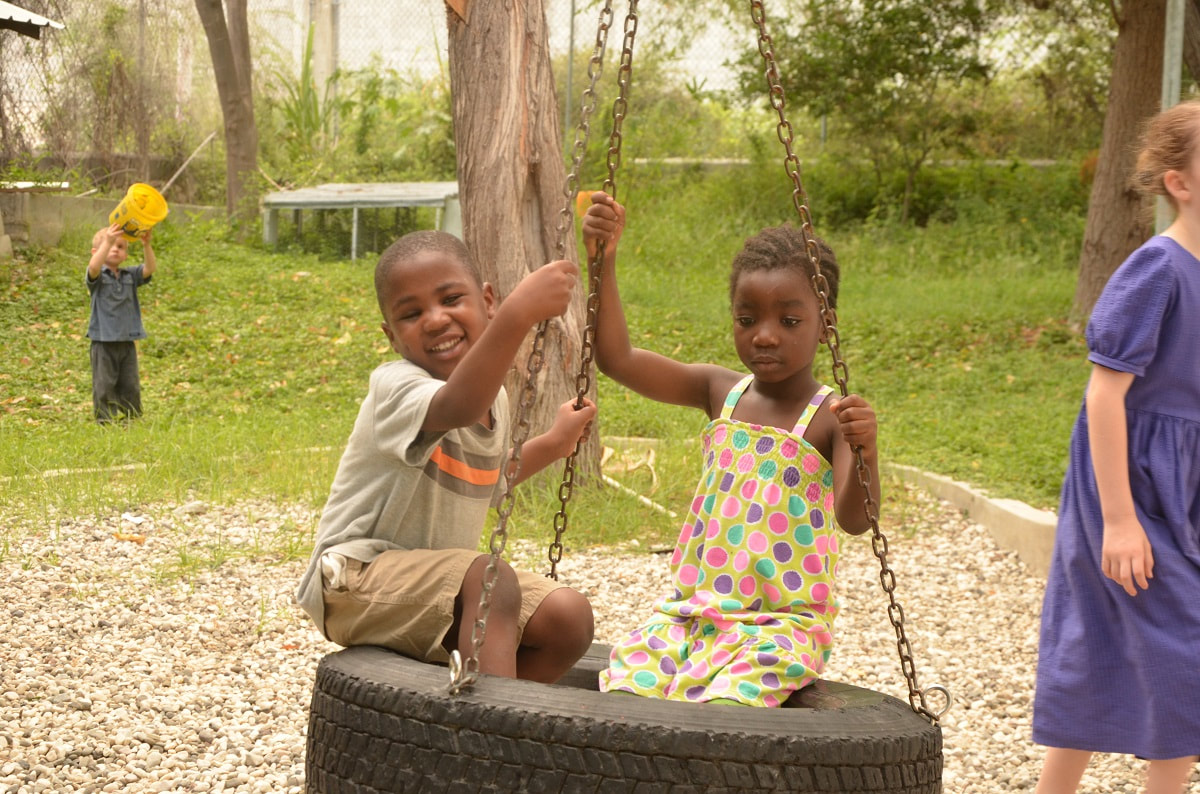

Vitamins and minerals are then added and the foods are processed into fortified peanut butter and akamil, a high-protein porridge. Through an innovative collaboration with a team of Haitian agronomists, the main ingredients for the therapeutic foods-peanuts, corn, rice, and beans-are grown for ZL’s child nutrition program at a nearby farm. Beginning in November 2006, ZL started local production of its own high-energy therapeutic foods for children hospitalized with severe malnutrition. This comprehensive support is vital to addressing the conditions of poverty and food insecurity that first caused the child to become malnourished.Īgricultural projects help improve nutrition and incomesĪgricultural projects are increasingly important to ZL’s battle against hunger in the Central Plateau.

The family is also paired with a community agronomist who visits their home regularly, providing advice and assistance for improving their home garden.

There, malnourished children receive high-energy therapeutic feeding formulas until they regain a healthy weight. When ZL health workers encounter a child suffering from malnutrition, they refer the child’s family to the nearest ZL clinical site. In young children, whose bodies are still developing, chronic malnutrition stunts physical and intellectual development, causing irreversible harm that may follow a child through life. And close to 50 percent of families in this area must feed their families on an income of less than 500 Haitian gourdes a month-just $12.50.Ĭhronic malnutrition weakens the body’s resistance to disease, leading to a downward spiral of sickness and poverty for parents and their children that too often ends in early death. A recent study by ZL found that 92 percent of families living in Haiti’s Central Plateau suffer from extreme food insecurity. Nearly half of all Haitians are undernourished. Throughout Haiti, hunger and malnutrition cripple and destroy the lives of poor people-especially children-at an astonishing rate. In towns and villages throughout the area, community health workers and clinicians from Zanmi Lasante teach families to recognize warning signs and seek out children with telltale symptoms. The school lunch program is just one component of ZL’s comprehensive, community-based approach to eradicating hunger in the Central Plateau. Mounting a community-based drive to eradicate hunger

“Its strength is that it takes a proactive community-based approach to preventing child malnutrition, ensuring that children won’t have to come into our clinics as patients." "The program is one of the cornerstones of our commitment to social support in the Central Plateau,” notes PIH’s Food Assistance Coordinator Elisabeth Berger. “Since we began giving daily meals, they hardly ever miss a day and their academic performance has improved dramatically.” “Before the lunch program started, many of my students would come to school hungry or wouldn't come at all,” recalls one teacher. And so have the attention spans and classroom performance of the children once they get to school. Now that parents no longer have to choose between education or food for their children, school attendance has increased significantly. The broad smiles of the children are mirrored by their teachers, who know the tremendous impact this program has had on their schools. Local cooks employed by the program prepare the nourishing meals from hundreds of giant sacks of rice and beans, distributed regularly by Zanmi Lasante (ZL) as part of the expanding struggle to eradicate child malnutrition from Haiti’s impoverished Central Plateau. Thanks to the dedicated efforts of Zanmi Lasante’s child nutrition program, more than 17,000 children at 28 schools in central Haiti receive piping hot lunches every day-free of charge. Or they could keep them at home to work in the family gardens, to help produce much-needed food for right now. Serving lunch at a school canteen in Haitiįor years, parents in central Haiti faced a terrible choice.They could send their children to school with empty stomachs, in the hope that they might gain the skills to someday escape poverty.


 0 kommentar(er)
0 kommentar(er)
